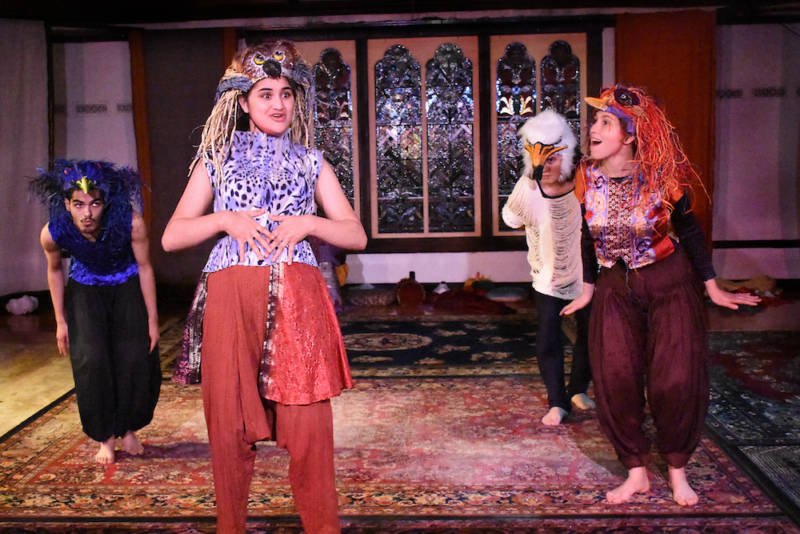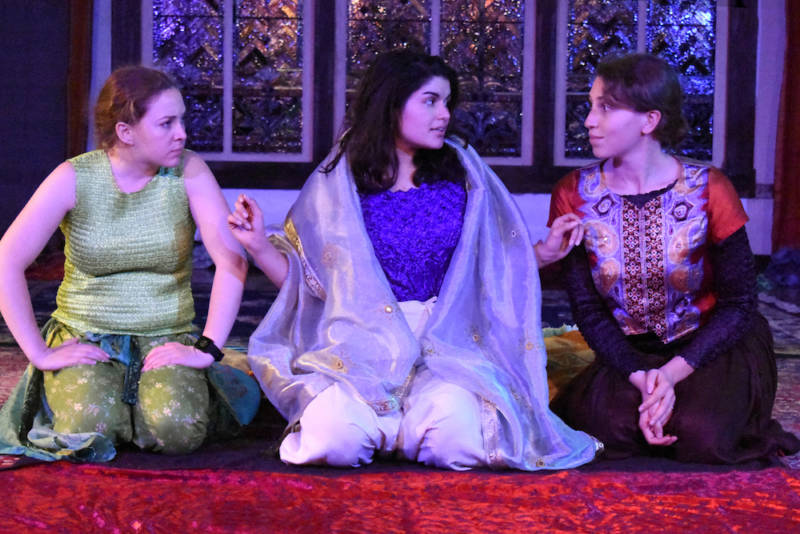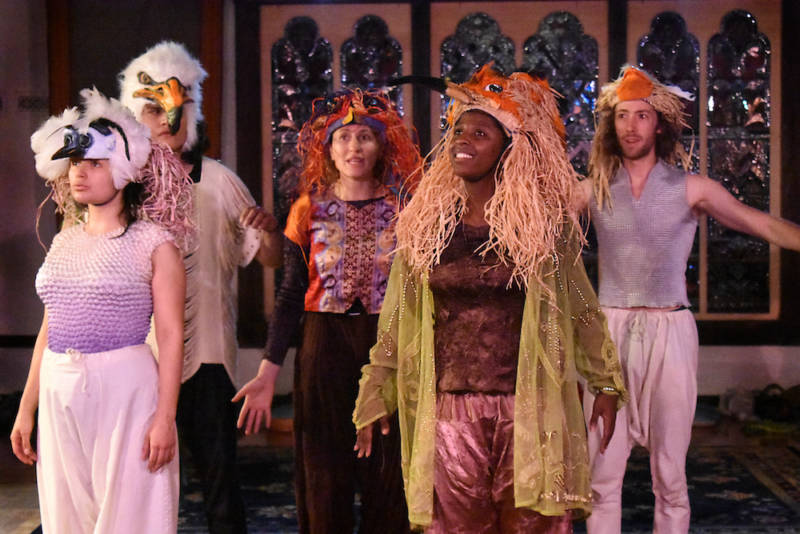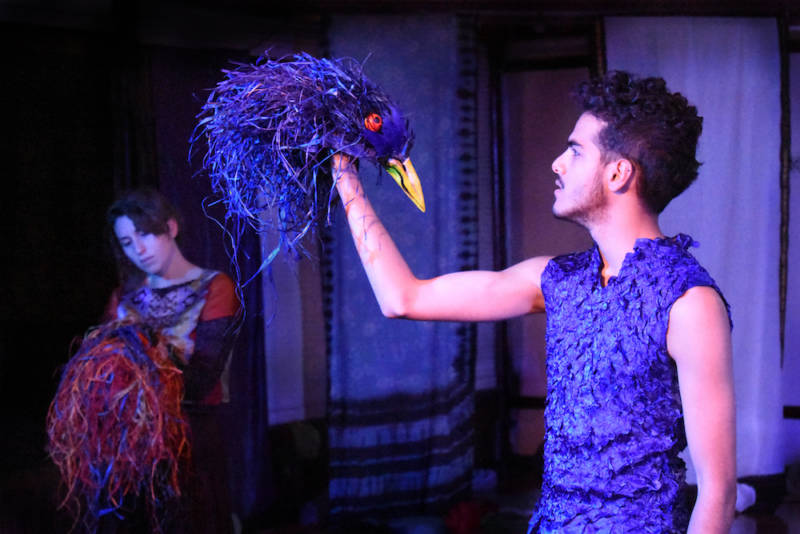The literary kinship between poetry and plays has led to many significant works: the choruses of the ancient Greeks, Shakespeare’s iambic pentameter, T.S. Eliot’s verse drama and the numerous contemporary stagings of the poetry of Walt Whitman (including those performed locally by John O’Keefe and Ryan Hayes).
In The Conference of the Birds, a co-production between Inferno Theatre and Ubuntu Theater Project, a 4,800+ line Sufi epic has been adapted for the stage by Sholeh Wolpé, whose well-regarded English translation of the poem was published last year by W.W. Norton & Co. First written circa 1187 A.D. by Persian pharmacist-poet Farid ud-Din Attar, The Conference of the Birds is a dissertation on Sufi mysticism in rhymed couplets, using birds as metaphors for the fickle human spirit.

A gathering of birds sets out to find the kingdom of the mysterious Simorgh, whom they have unanimously agreed should be their ruler. Led by the level-headed Hoopoe (Ashley Jaye), they begin their long journey, traveling across seven valleys and numerous other obstacles. Along the way, as the birds begin to doubt their quest, the Hoopoe encourages them along with a patter of parable. Like Scheherazade, she of the 1,000 stories, the Hoopoe doesn’t lack for tales to tell, which are simultaneously acted out by members of the ensemble. Purpose-driven moths, princesses and commoners, poets and prophets—all come to brief life in a flurry of costume-changes and satin scarves.

When not performing as a character in an allegory, each of the cast embodies a different bird, some more convincingly than others. Sarah Brazier’s Parrot walks with a humorously exaggerated pigeon-toe. Jane Eisner’s Goldfinch is quick on its feet and in the air. Omar Osaria-Pena’s Osprey is proud and reserved. Jaye’s Hoopoe cocks its head and bobs affirmations as it delivers another story to a recalcitrant comrade. Attar (Joshua-Morris Williams), the poet, intersperses the action with his own observations and platitudes, and musician/composer Amir Etemadzadeh scores the momentum with a variety of traditional instruments.
But what the production is missing is a strong central vision to guide the birds to their metaphorical destination. Not only are these birds capricious and unruly, but they also appear to lack a strong interior sense of self. Oftentimes the only true signal we have that an actor is in “bird” mode is when they are wearing their masks (beautifully designed by Annie Hallatt). Though the Hoopoe tries its best to impart wisdom though tangent, its stories begin to blur into each other, the message of each disappearing in a muddle of mugging almost as soon as it emerges. This lack of intentionality and rhythm leaves these birds traveling in circles without much solid ground to land on, rendering the purposefulness of their quest to a flight of fancy.




